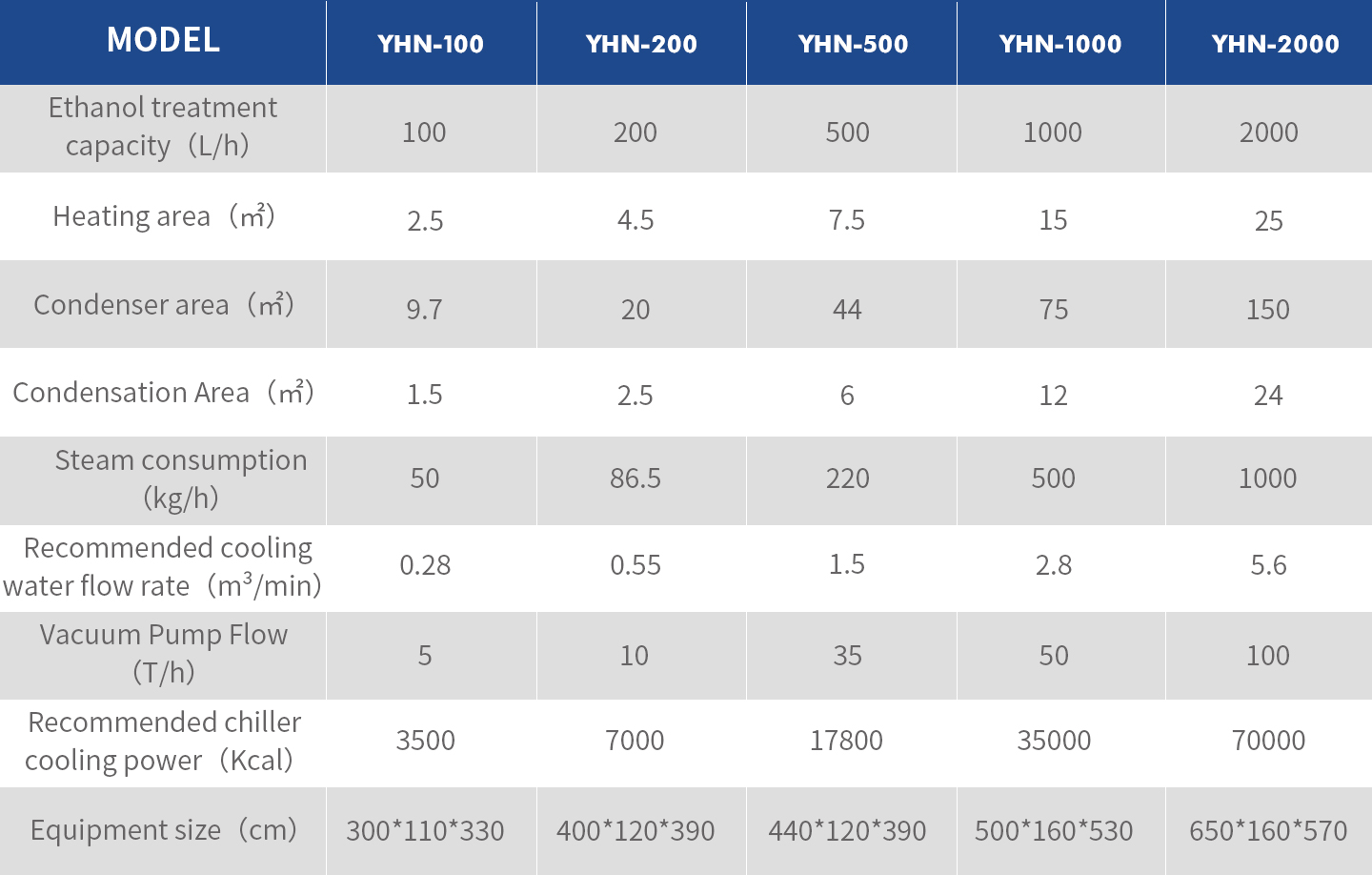Single effect evaporator

In industrial production, water vapor is often used as a heating source, and most of the evaporated materials are water solutions, and the water becomes steam after being evaporated. In order to distinguish, the steam evaporated from the evaporator is generally called secondary steam. Finished in an evaporator, the secondary steam is directly discharged after recondensation, and is no longer used. The evaporation process is called single-effect evaporation. The evaporator using this single-effect evaporation method is called a single-effect evaporator. The composition of a single-effect evaporator is mainly composed of an evaporator and a condenser.
The evaporator is composed of a heating chamber and a separation chamber. The heating chamber is equivalent to a heat exchange device, the heating medium is steam, and the separation chamber is equivalent to a gas-liquid separation device. The material liquid enters from the middle of the heating chamber. During the process of passing through the entire heating chamber, the material liquid receives heat, the water vaporizes, and the concentrated liquid material is discharged from the bottom of the heating chamber. The gas vaporized from the material liquid is called the secondary steam. The secondary steam enters the condenser, directly condensed by the cooling water, the cooling water is discharged from the bottom, and the non-condensable gas such as entrained air is discharged from the top.


24-hour professional consulting service
On site installation training services
24/7 service
Professional process training

2 R&D centers
Experienced Chinese and American researchers
Multiple cooperative universities with cutting-edge technology support